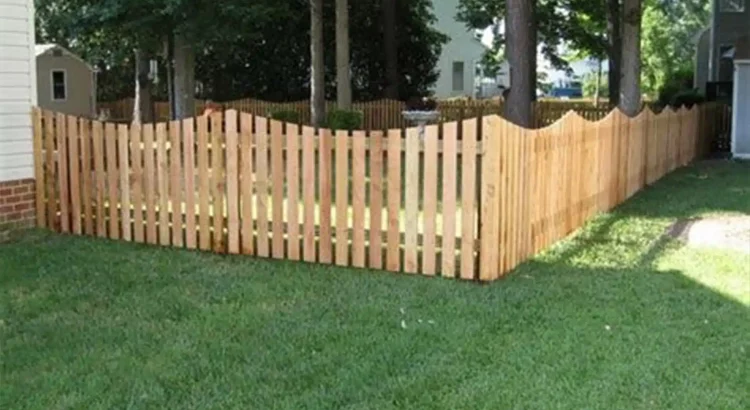Going through a divorce can be one of the most challenging and emotionally draining experiences in a person’s life. During this difficult time, it is crucial to have a knowledgeable and compassionate legal advocate by your side to guide you through the process. A divorce attorney is a professional who is proficient in handling all legal aspects of divorce proceedings, providing professional advice and representation to ensure that your rights and interests are protected.
With their guidance in family law, divorce attorneys can assist you in navigating complex issues such as child custody, division of assets, and spousal support. They can also help you understand your rights under the law and work to achieve a fair and favorable outcome for you and your family. If you are considering or going through a divorce, hiring a skilled divorce attorney can make a significant difference in resolving disputes and reaching a successful resolution.
The Role of a Divorce Attorney
Divorce attorneys play a vital role in guiding individuals through the complex legal processes of divorce. They are well-versed in the intricacies of family law and can provide invaluable assistance in negotiating settlements and representing their clients in court. By hiring a skilled nearby family law attorney Arlington VA, individuals going through a divorce can benefit from professional guidance and support to achieve a favorable resolution.
The Irving Law Firm
2311 Wilson Blvd 3rd Floor,
Arlington, VA 22201
(703) 382-6699
Whether it’s drafting legal documents, negotiating settlements, or representing you in court, a divorce attorney is there to advocate for your interests every step of the way. They can help you make informed decisions based on their knowledge of the law and experience in handling divorce cases. With their support, you can navigate the challenging process of divorce with confidence and peace of mind, knowing that you have a dedicated professional fighting for your rights. Hiring a skilled divorce attorney can ultimately help you move forward with your life and secure a positive outcome during this difficult time.








